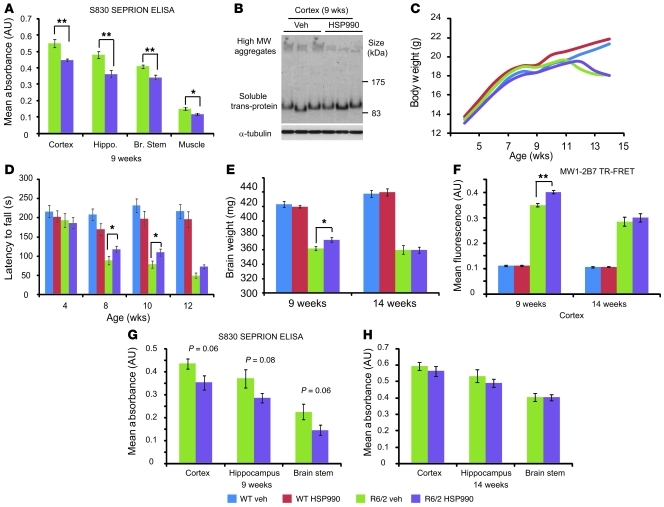Figure 2. HSP990 treatment transiently improves rotarod performance and reduces aggregate load in R6/2 mice.
(A) Seprion ligand ELISA was used to quantify aggregate load in tissues of R6/2 mice after treatment for 4 weeks with vehicle (green) or HSP990 (purple). Values were plotted as mean absorbance ± SEM (n = 6 per treatment group). (B) Western blotting and immunodetection with S830 was used to obtain visual representation of results in A. (C and D) Assessment of (C) body weight and (D) rotarod ability with age. (E) Brain weight in 9- and 14-week-old mice after vehicle or HSP990 treatment. Values are presented as mean ± SEM (n = 12 per group). (F–H) R6/2 brain tissues were harvested from 9-week-old satellite or end-of-trial mice (14 weeks). (F) 2B7-MW1 TR-FRET was used to determine levels of soluble exon 1 in mouse cortices after vehicle or HSP990 treatment. Values are presented as mean ± SEM for each group (n ≥ 4 per treatment group). (G and H) S830 Seprion ligand ELISA was used to measure aggregate load after HSP990 treatment at (G) 9 weeks (n = 4 per treatment group) and (H) 14 weeks of age (n ≥ 6 per treatment group). *P < 0.05, **P < 0.01, 1-way ANOVA (C and D) or Student’s t test (A, B, and E–H).

